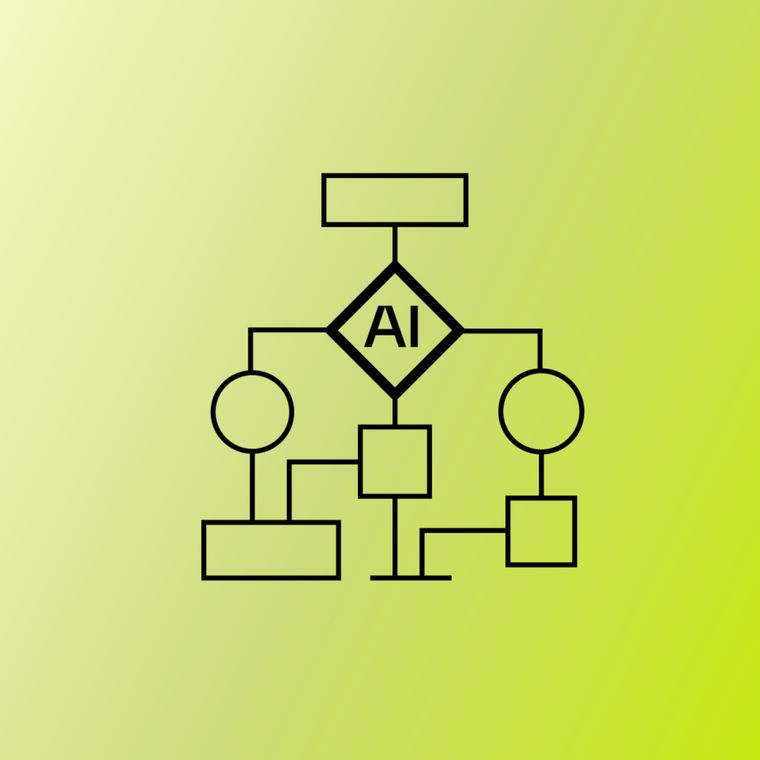3 Pillars of an Effective Exposure Management Program
Discover the core components of exposure management and how to build a repeatable framework that reduces risk fast.
July 15, 2025
Many successful breaches stem from unmanaged exposures, rather than sophisticated malware, underscoring the critical need for a repeatable framework to promptly identify and remediate every weakness. Gartner advocates for a Continuous Threat Exposure Management (CTEM) program, projecting that organizations that mature their CTEM initiatives will experience three times fewer breaches by 2026.
Traditional security approaches often fall short in reducing future threats, as organizations cannot protect against every single cybersecurity event. Instead, a CTEM program provides a five-step process to continuously surface and prioritize threats, enabling a focus on high-value assets and strategic treatment plans.
This shift from reactive measures to proactive, continuous exposure management is essential for addressing vulnerabilities that contribute to breaches. Solving this requires three pillars—visibility, risk-based prioritization, and continuous action and validation.
1. Achieve Complete Visibility Across the Entire Attack Surface
You can't reduce risk you can't see: complete, continuous visibility is the non-negotiable first step in an effective exposure management program.
Define Territory and Scope Before Discovery
Gartner's CTEM model places Scoping and Discovery at the front of the cycle because you must first decide what parts of the business matter most, then illuminate every asset and exposure within that scope. Start by defining the territory: which business units, cloud subscriptions, SaaS tenants, and legacy environments are in-scope for this CTEM iteration.
With scope agreed, turn to discovery. Visibility must span three territories at once. Inside the firewall sit endpoints, servers, and often forgotten OT and IoT devices. In the middle are your cloud workloads and SaaS applications—including the shadow IT your users stand up with a credit card. Finally, the external layer holds internet-facing domains, APIs, and stray storage buckets that broadcast your brand to attackers before they ever hit the perimeter.
Deploy Multi-Layer Discovery Tools
Discovery succeeds only when you pair automation with context. Asset inventory platforms sweep on-prem networks while cloud-native APIs export fresh resource lists from AWS, Azure, or GCP. External attack surface management (EASM) scanners map domains and open ports. Cloud security posture management (CSPM) tools flag misconfigurations the moment they appear. Identity graphs then stitch users to assets, bringing much-needed ownership clarity.
API-based email and collaboration integrations add a crucial angle: they connect directly to Microsoft 365, Google Workspace, or Slack without agents or MX changes, surfacing risky mailboxes, public channels, and over-permissive file shares in minutes.
Consolidate Discovery Data for Action
When these sources feed a single data lake, you gain the confidence to act. To accelerate that consolidation, synchronize your CMDB with cloud inventories to eliminate duplicates and dead records. Enrich asset data with IAM attributes so every server, container, or SaaS tenant has a clear owner. Schedule weekly scans for new SaaS domains and OAuth grants to keep pace with user-led adoption.
Expect obstacles. Shadow IT often dwarfs sanctioned assets, ownership of orphaned servers is murky, and modern software supply chains weave third-party code into every service.
By marrying rigorous scoping with automated, multi-layer discovery, you replace guesswork with evidence and set the foundation for the next CTEM steps: risk-based prioritization followed by relentless validation.
2. Prioritize Exposures Using Business-Risk Context
Stop chasing every high-CVSS vulnerability and instead fix the exposures that could actually disrupt revenue, compliance, or brand trust. This shift represents the crucial third step in Gartner's CTEM lifecycle, where raw findings transform into actionable business intelligence.
Move Beyond CVSS-Only Scoring
Legacy workflows rank tickets by raw CVSS numbers and flood your team with noise. A modern risk prioritization approach weights each issue by exploitability, ease of remediation, and—most critically—business impact. When you overlay threat-intel feeds such as CISA's Known Exploited Vulnerabilities with contextual data on asset criticality, the queue shrinks dramatically while risk drops faster.
This shift also aligns security metrics with board expectations: instead of reporting "patch compliance," you present potential financial loss avoided.
Operationalize Business-Risk Context
Start by mapping every asset to a business process: revenue platforms, customer data stores, regulated workloads. That mapping turns a routine vulnerability scan into a targeted business-impact assessment, ensuring high-value systems rise to the top of the queue.
Next, feed in live exploit data and user behavior analytics. Behavioral risk signals—think Vendor Trust Score or a sudden spike in a User Anomaly Score—surface email exposures tied to high-value partners or executives before attackers can weaponize them.
Finally, automate ticket assignment so accountable owners see only the issues that matter to their function; teams adopting this closed-loop model aim to reduce mean time to remediate, though current evidence for significant reductions is anecdotal or indirect.
3. Continuously Validate and Remediate to Prove Risk Reduction
Real risk reduction only occurs when you continuously test defenses and address the issues revealed by those tests promptly. Point-in-time patching isn’t enough. New cloud assets spin up every hour, configs drift, and attackers adapt faster than your change-control process can keep up. Without constant validation, yesterday’s fix can become tomorrow’s breach.
To stay ahead, use multiple validation methods:
Breach-and-attack simulation safely mimics attacker behavior to test both detection and prevention.
Automated patch verification retests systems after every change to confirm vulnerabilities are actually resolved.
Adversarial exposure validation combines automated pen testing with red teaming to uncover weaknesses your tools may have missed.
Just-in-time phishing simulations trigger micro-training as soon as a user clicks a suspicious link.
Track performance using clear, business-relevant metrics:
Mean time to remediate validated exposures
Percentage of validated issues closed within SLA
Decline in phishing success rates after simulation
Fewer critical findings per validation cycle
Abnormal’s AI Phishing Coach adds precision here, delivering short, contextual lessons right after a phishing attempt is blocked. This lets you track real-time drops in user risk scores—and prove your training is working.
But validation only matters if it leads to action. Feed results into a central risk dashboard with executive-friendly views. Assign every open exposure to an accountable owner. Automate ticket creation so nothing falls through the cracks. Organizations that run this loop well often see up to three times fewer breaches.
Validation can be messy—dynamic cloud environments, tool sprawl, and business-unit fatigue all pose real challenges. But you can offset these by narrowing scope, applying risk-weighted filters, and sharing clear win/loss metrics that show how every closed issue reduces enterprise risk.
When validation and remediation operate as a continuous loop, you move from theoretical security to measurable protection—the kind that boards, regulators, and customers expect.
Putting the 3 Pillars into Practice
Exposure management works best when visibility, prioritization, and validation operate in a continuous, repeatable loop. The CTEM framework shows how each step feeds the next, helping you prove progress and adjust scope without losing momentum.
Treat the first 30 days like a sprint:
Week 1: Scoping and Discovery
Define which business units and environments are in scope. Launch automated discovery across on-prem, cloud, and SaaS assets. Assign ownership for each asset to eliminate blind spots later.Weeks 2–3: Risk-Based Prioritization
Overlay exploit data with business impact to cut through the noise. Focus your team on exposures that could disrupt revenue, compliance, or critical systems—send the rest to backlog.Week 4: Validation and Mobilization
Run breach-and-attack simulations and verify recent patches. Set SLAs for remediation and create a reporting cadence that tracks key metrics like mean-time-to-remediate and closure rates.
Track success by how quickly you complete each loop—and whether the number of critical findings drops over time. Mature CTEM programs consistently outperform ad-hoc fixes because they drive disciplined, continuous improvement. You’ll hit friction along the way—tool silos, shadow IT, and unclear ownership—but once you close that first loop, you’ll have real data to keep momentum building.
What Happens When You Apply CTEM to Your Inbox
Abnormal operationalizes the complete CTEM cycle within your email environment, delivering the visibility, risk-based prioritization, and continuous validation outlined in this framework. Our AI analyzes every message, identity, and behavior to surface previously hidden exposures, ranks them by business impact, and confirms that remediation actions reduce risk.
This approach to exposure management delivers measurable outcomes: fewer malicious emails reach inboxes, and your attack surface shrinks for both phishing and account takeover attempts. Email remains the most-targeted communication channel in your organization, yet most exposure management programs overlook it entirely.
If you apply rigorous exposure management discipline to network and cloud assets, your email environment deserves the same systematic approach. See a demo to experience how Abnormal extends CTEM principles to email security.
Related Posts
Get the Latest Email Security Insights
Subscribe to our newsletter to receive updates on the latest attacks and new trends in the email threat landscape.


